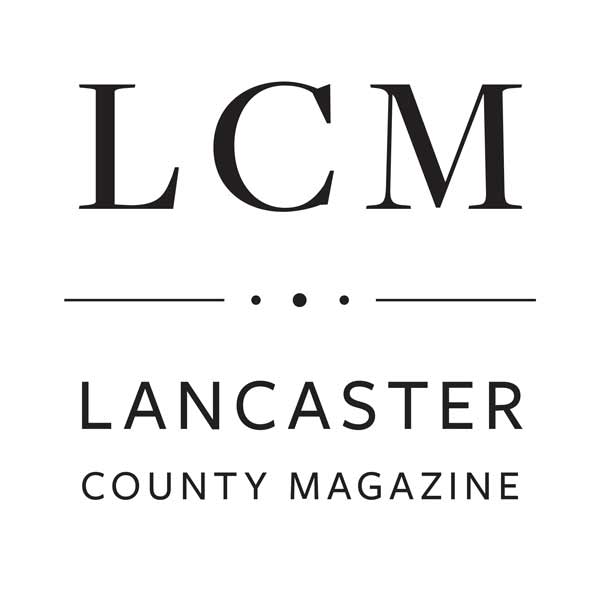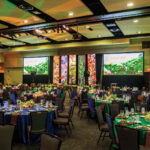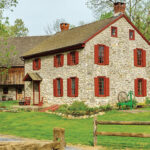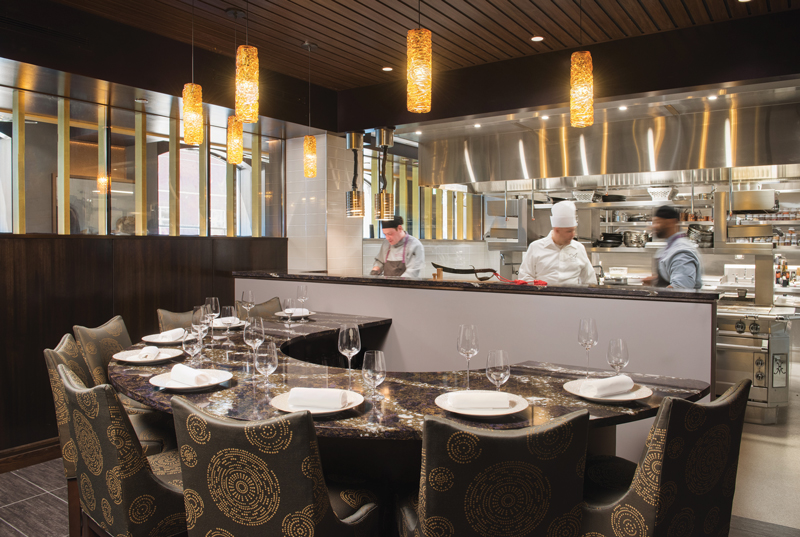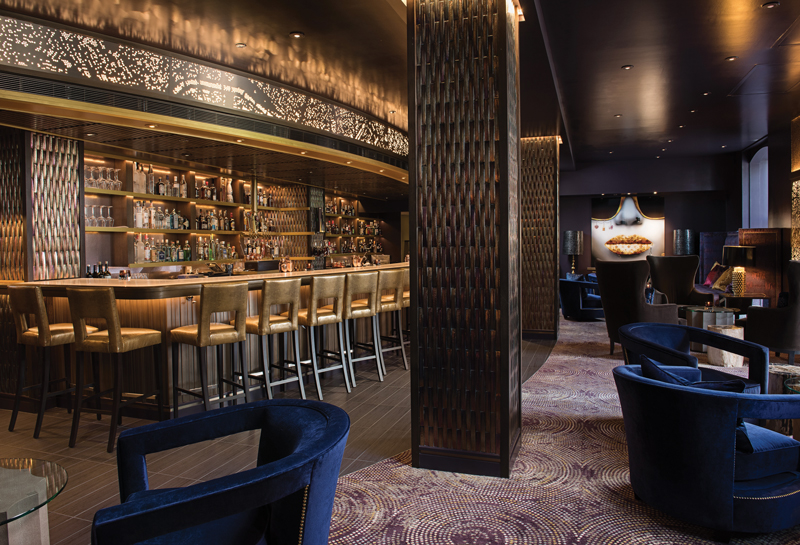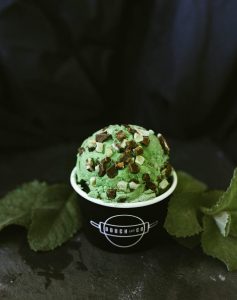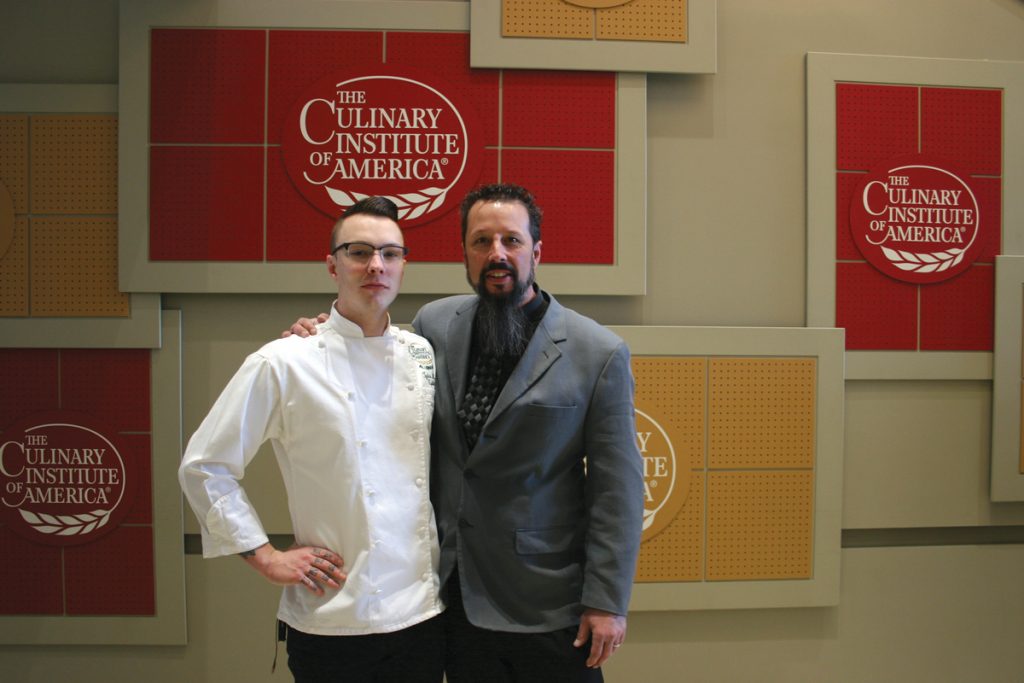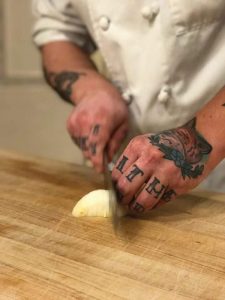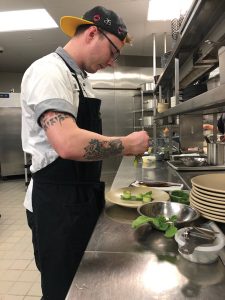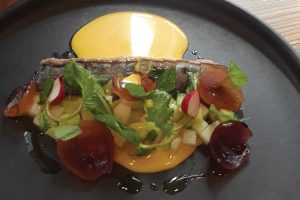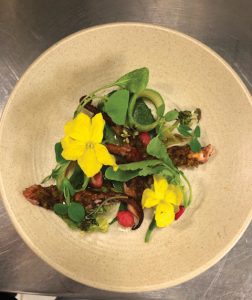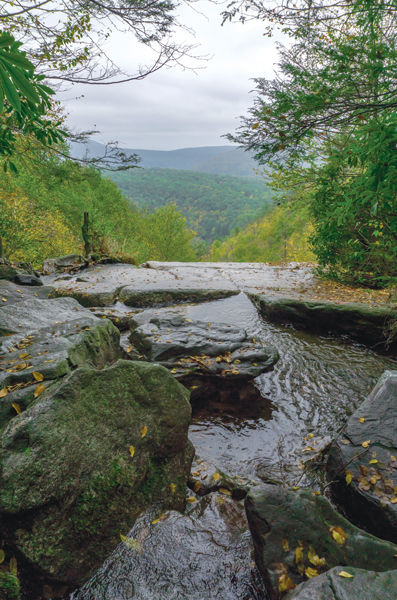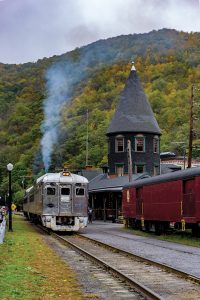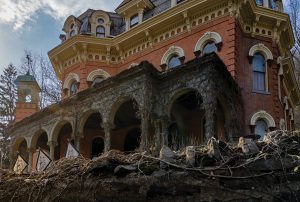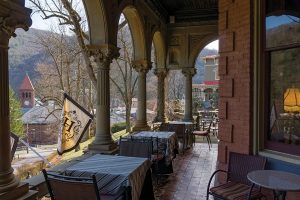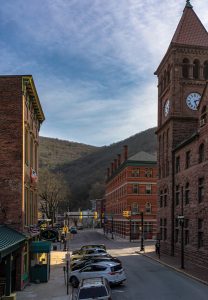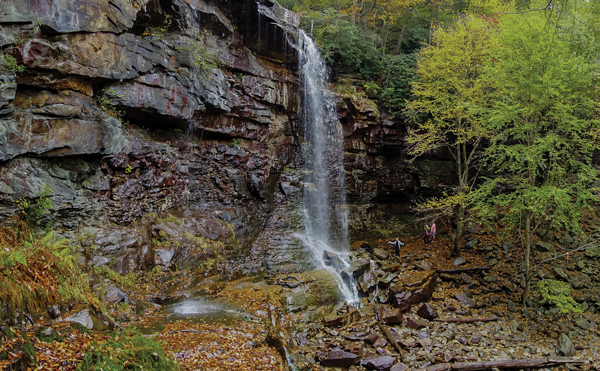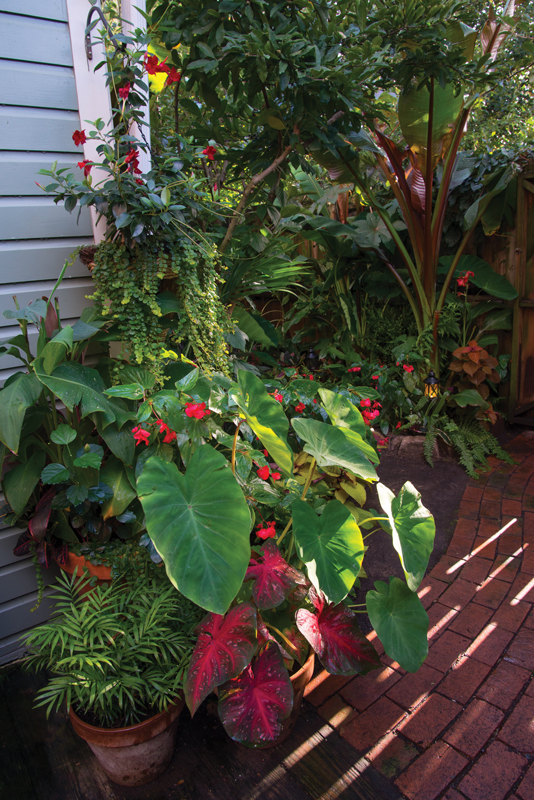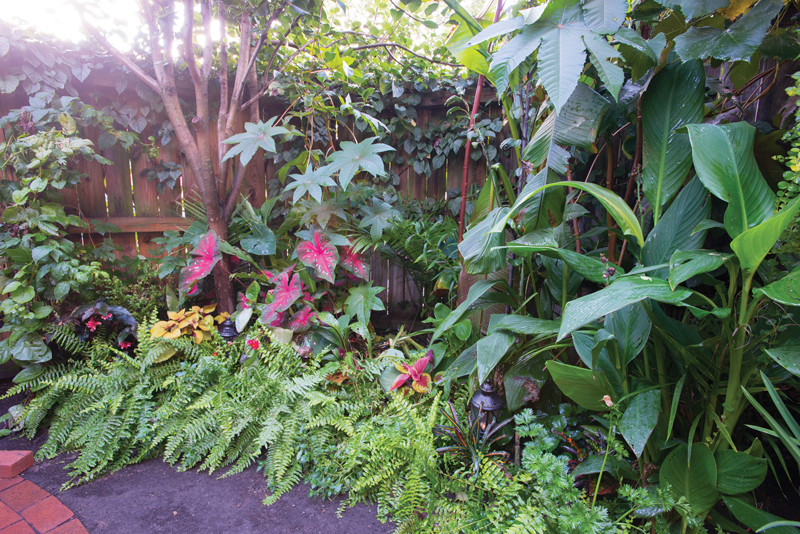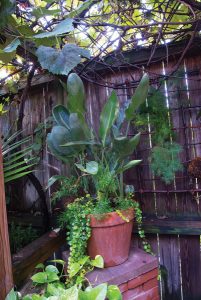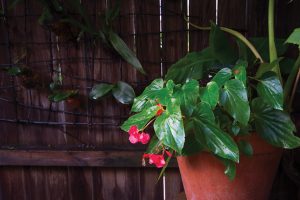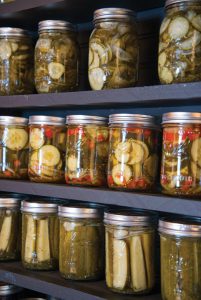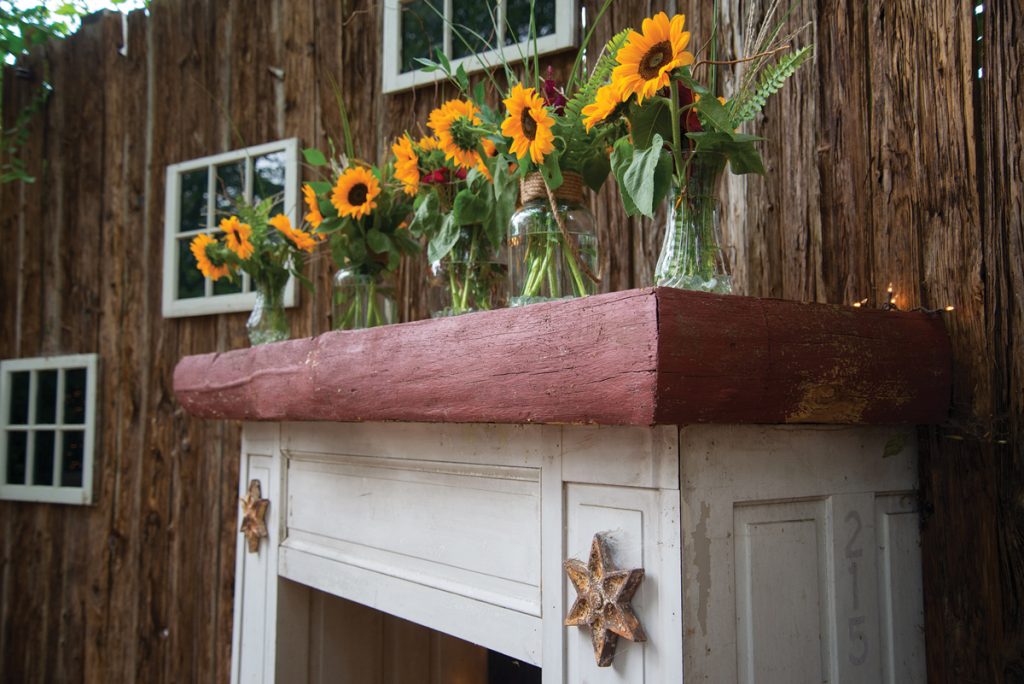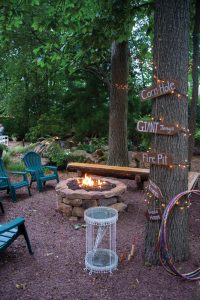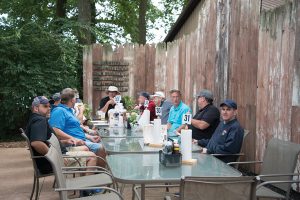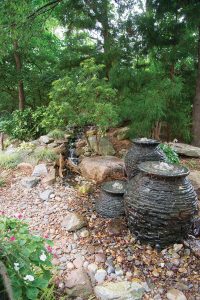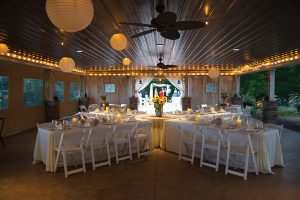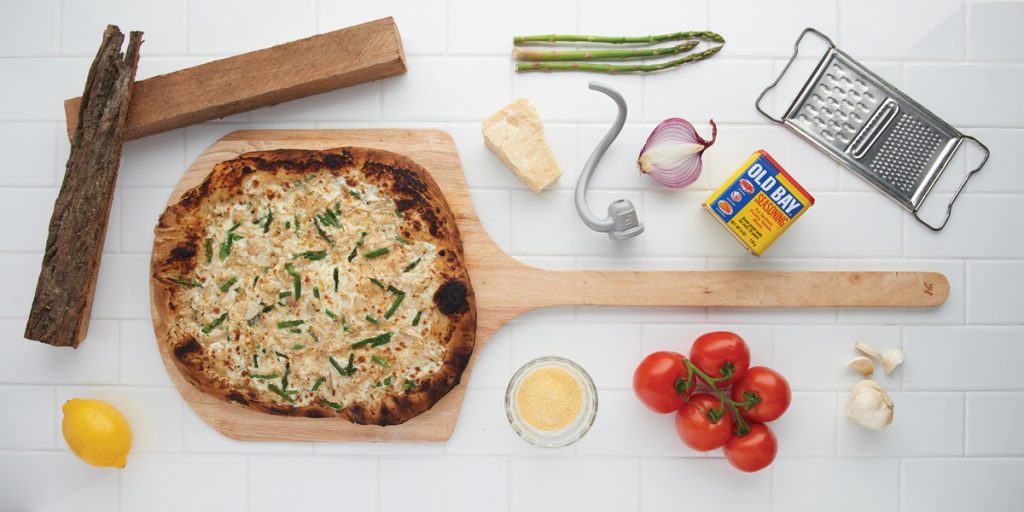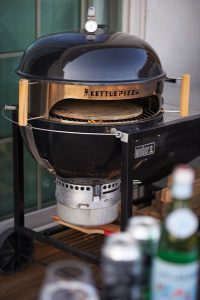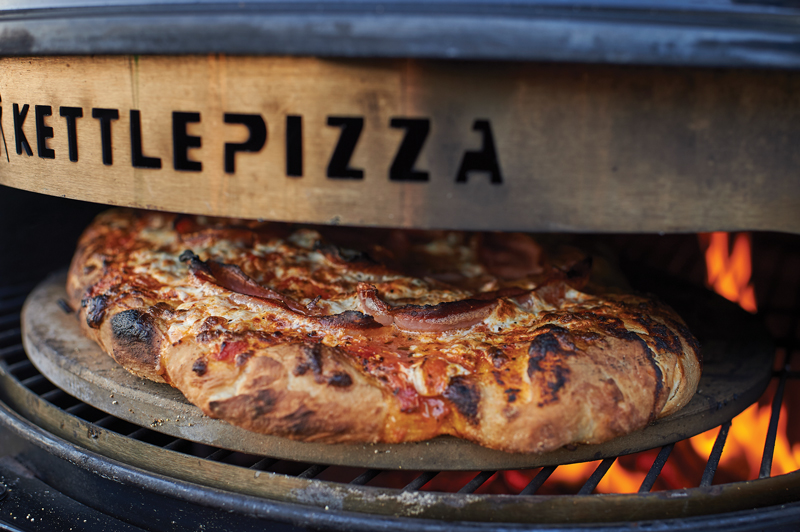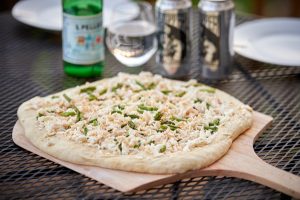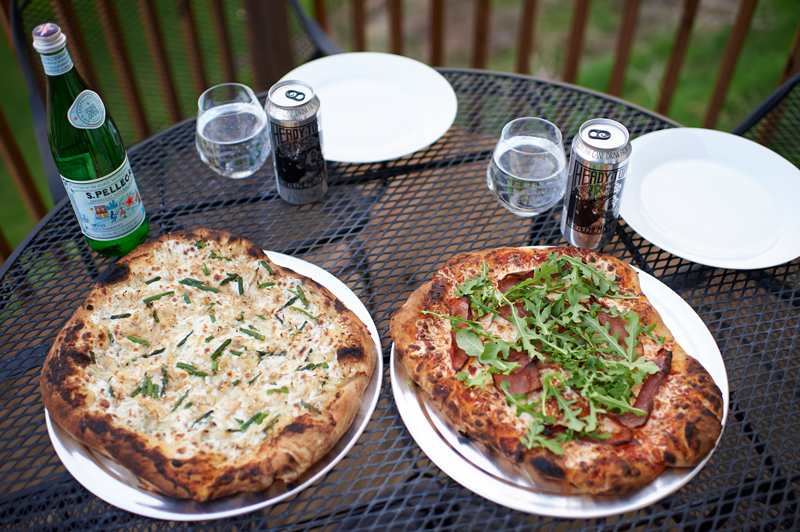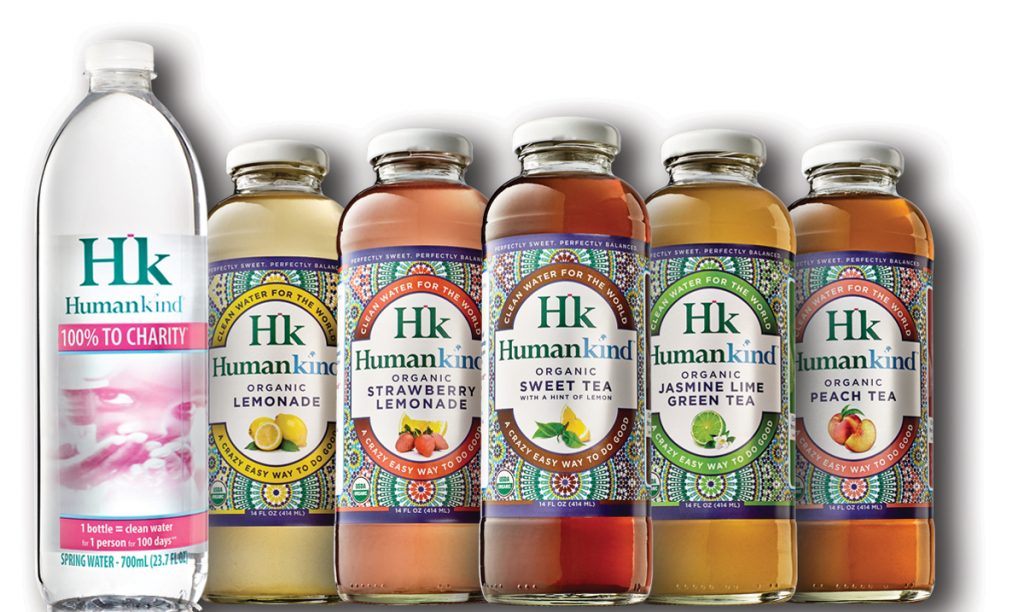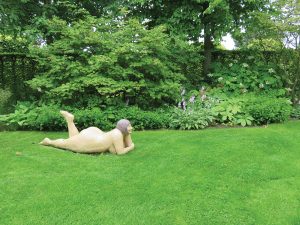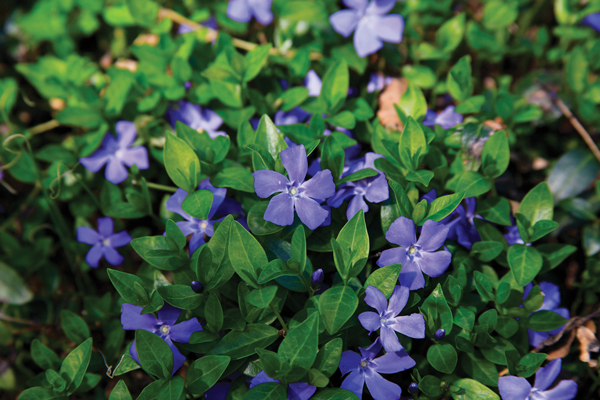Downtown Lancaster has a new destination that raises the bar on local fine dining, as it provides some spectacular options for private events. And, it could be the most sensual dinner party you’ve ever hosted or experienced.
Did you feel it? Lancaster experienced a collective shiver of goosebumps in May when Amorette opened its doors and a new level of luxury and haute cuisine made its home at the corner of Lemon and Prince streets. Those anticipatory goosebumps were just the beginning of what owner Tom Ponessa hopes will be a seductive relationship between Central Pennsylvania’s adventurous food-lovers and his gorgeous restaurant.
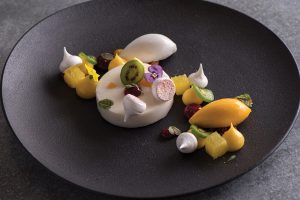 Bedecked in deep purple velvet banquettes, gold leather barstools, Bernardaud china and intriguing artwork, the Amorette experience is a sensory one from its yearning start to sated end. Whether you indulge in four-course or seven-course prix-fixe dining or a grazing experience in the lounge, the emphasis is on extraordinary food, artfully presented and meant to be savored by all senses.
Bedecked in deep purple velvet banquettes, gold leather barstools, Bernardaud china and intriguing artwork, the Amorette experience is a sensory one from its yearning start to sated end. Whether you indulge in four-course or seven-course prix-fixe dining or a grazing experience in the lounge, the emphasis is on extraordinary food, artfully presented and meant to be savored by all senses.
Wine also takes center stage with Michelin-trained and Parisian Level 3 Sommelier Thierry Lesparre on staff to create an experience that will educate diners and open their palates to new and rare vintages. The wine list, which accounts for 500 different labels, represents 10 nations, notably France and the United States.
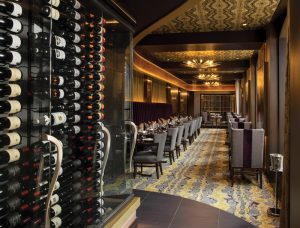 Perhaps the most pleasurable of all dining options at Amorette entails privacy. Two secluded dining rooms for up to eight can be combined for opulent celebrations or elegant business lunches or dinners.
Perhaps the most pleasurable of all dining options at Amorette entails privacy. Two secluded dining rooms for up to eight can be combined for opulent celebrations or elegant business lunches or dinners.
Ah, but there is yet another option that ups the ante even farther: The Chef’s Table provides a front-row seat to the action in the kitchen – a very posh front-row seat. The horseshoe-shaped granite table, which accommodates six to eight guests, provides a view of the culinary team at work, separated only by a glass window to slightly soften the ambient noise that is associated with a restaurant kitchen, yet allows one to enjoy the professional banter among the chefs. The Michelin-star-studded team of chefs, under the direction of Executive Chef Daniel LeBoon, works in a unique in-the-round format, aided by a state-of-the-art cooking suite.
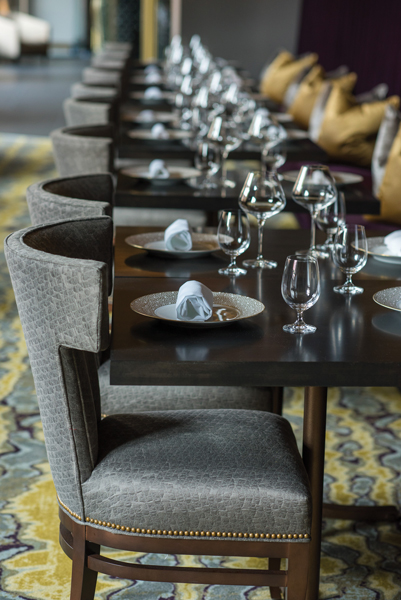 It’s an evening of entertainment, as well as culinary delights for guests at the Chef’s Table, who settle in for a 12-course menu, chosen by the chef and his team. Throughout the feast, surprises arise – some as appetite-stimulating or palate-clearing amuse-bouche, some not edible but designed to enhance guests’ enjoyment of the flavors. Each chef from the culinary team creates and personally presents his course to create an eclectic menu of delicacies sourced from around the world: abalone from Japan, red shrimp from Argentina, truffles, caviar, and an exquisite grade of Kobe beef.
It’s an evening of entertainment, as well as culinary delights for guests at the Chef’s Table, who settle in for a 12-course menu, chosen by the chef and his team. Throughout the feast, surprises arise – some as appetite-stimulating or palate-clearing amuse-bouche, some not edible but designed to enhance guests’ enjoyment of the flavors. Each chef from the culinary team creates and personally presents his course to create an eclectic menu of delicacies sourced from around the world: abalone from Japan, red shrimp from Argentina, truffles, caviar, and an exquisite grade of Kobe beef.
Guests at the Chef’s Table may choose to view what transpires in the adjacent public dining room or, with the flick of a switch, frost the glass partition for ultimate privacy. At the end of the memorable night, a take-home booklet is presented to allow guests to relive the menu, course by sumptuous course.
“My wife, Donna, and I are foodies,” says Tom, and during their extensive travels, the couple have enjoyed some truly spectacular dining experiences. “At many of those dinners, I’ve said, ‘Why can’t we have this in Lancaster?’” He was driven to “bring something cool, unique and sexy” to Lancaster. Mission accomplished.
Amorette is located at 401 N. Prince Street (first floor of the Lancaster Press Building). It is open for lunch, Tuesday through Friday, and for dinner, Tuesday through Saturday. For details/reservations, call 717-947-7710 or visit amorette.com.

